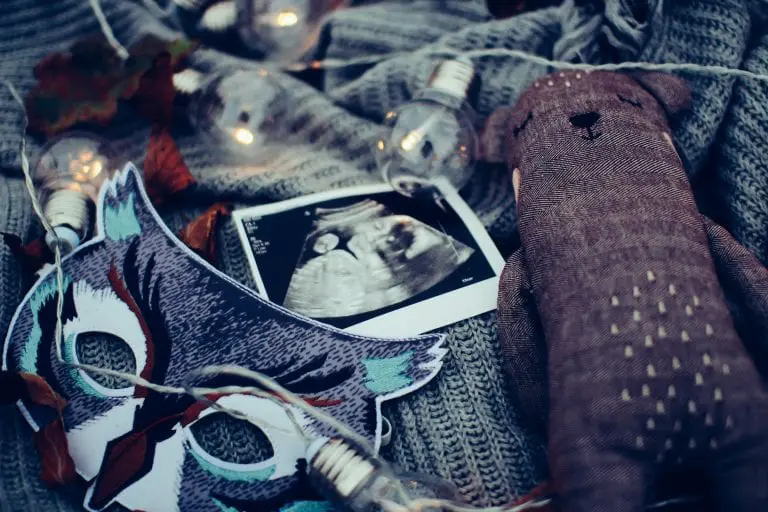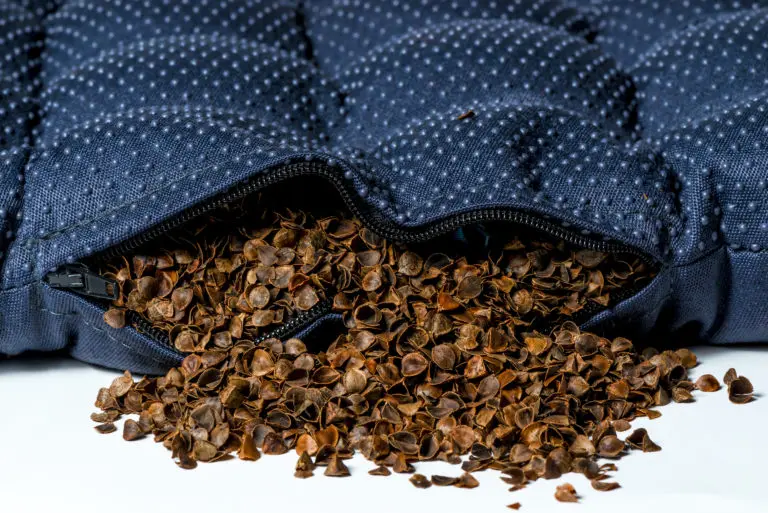Precautions to Take With Humidifiers

Humidifiers are useful for lots of reasons, but safety precautions should be taken when they are used in the home.
Watch Small Children Around Humidifiers
The single most common injuries associated with the use of portable humidifying units are steam burns. Never leave a warm-mist type steam humidifier in a child’s room, or alone in a room with a small child. 75% of all scalding burns in toddlers and children are preventable. The majority of children under 4 years old and younger who are seriously injured/hospitalized for burns are suffering from scalding injuries. It should be noted that most of these burns are from cooking injuries or food-related injuries, but there is a percentage of the 65% of hospitalized children who have been scalded who were injured from humidifying units.
Nasty Mold, Plus Coughs & Colds
When humidifiers have been allowed to expel a lot of moisture into the home, the excess moisture can cause mold spores. This mold then causes lots of respiratory issues, including asthma, upper respiratory infections, and pneumonia. They can also possibly release microorganisms, as well as minerals.
The “Goldilocks Zone”:
Low humidity is believed by scientists to actually increase the spread of “enveloped” viruses like the Covid-19 virus and the influenza virus, by causing them to be aerosolized more effectively. It is believed that is why the spread of viral illnesses are more severe in winter (when it is less humid outside). At high levels of humidity, of course, mold spores, fungi, mites, and mosquitos (that spread multiple blood-borne illnesses) thrive.
The best level for human health is between 40-60% humidity or the “Goldilocks Zone”. (Because ‘not too hot, not too cold’… get it?) That is an optimal level of humidity that allows beneficial moisture into the air, while not promoting mold growth or stimulating asthma attacks, etc.
How To Prevent Problems
The issues about the “Goldilocks Zone” aside, humidifiers always need to be kept very clean, to keep bacterial growth at bay. Although steam-type vaporizers are the kind that can get dirtiest the fastest, they also happen to be the easiest to clean out quickly and effectively.
First, thoroughly empty and rinse away all of the stagnant/old water from the humidifier between every single use. Follow your model’s manufacturer’s instructions (check the website, such as www.everlastingcomfort.net provides, to alternately find that kind of information) for how to do that, and make sure that it is dried out well before storing it away before its next use. The bucket of the humidifier, as well as the filter system, should be cleaned out very well, and the water changed, at least every two to three days during constant usage.
If symptoms begin to develop in the household that mimics allergies, such as coughing and sneezing, or red, itchy eyes in people who didn’t have any problems like this prior to the humidifier being turned on — clean it out very thoroughly, and allow it to dry before refilling it with either sterile water or bottled, distilled water for use.
If there is anything about the design that makes it seem like you can’t access all of the areas that old water might be able to hide or stay damp between uses, just dispose of it and buy a newer model humidifier that is easier to keep clean.
For houses with whole-house humidifiers, they sometimes come with an HVAC system that has a hygrometer built-in to show you the humidity levels. Humidity levels should be kept somewhere between 30 to 50% for optimal comfort. If you don’t have one, they can be bought at a low price.
Similar Posts:
- None Found







